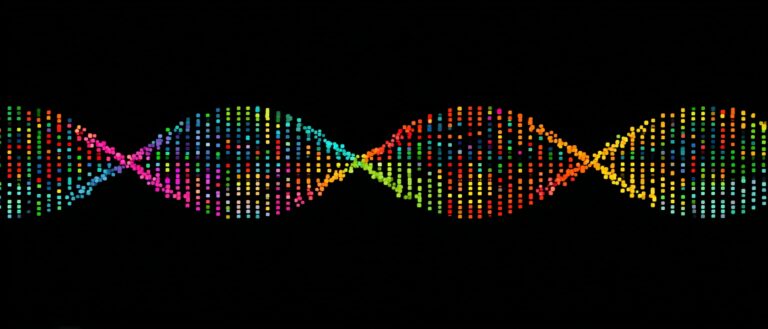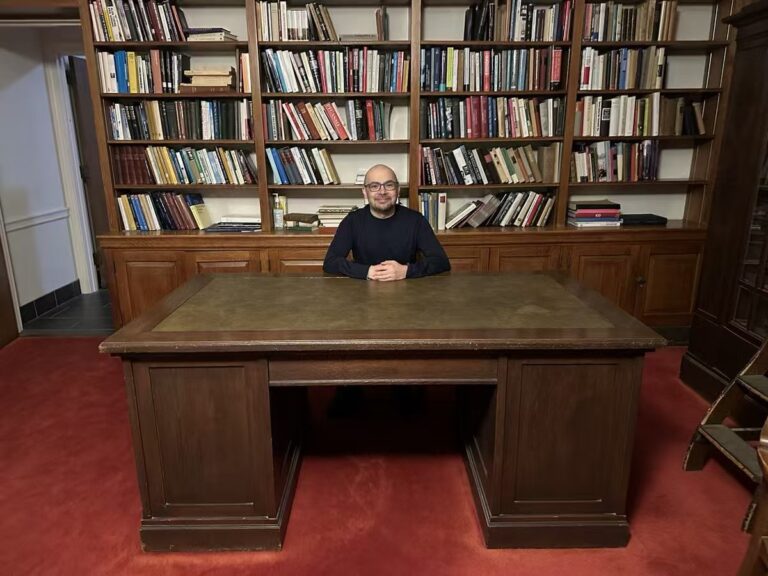Command Palette
Search for a command to run...
Stanford Medical School Leads AI Biomedical Innovation With Hundreds of Millions of Dollars in Donations From Li Ka-shing Over the Past 30 Years
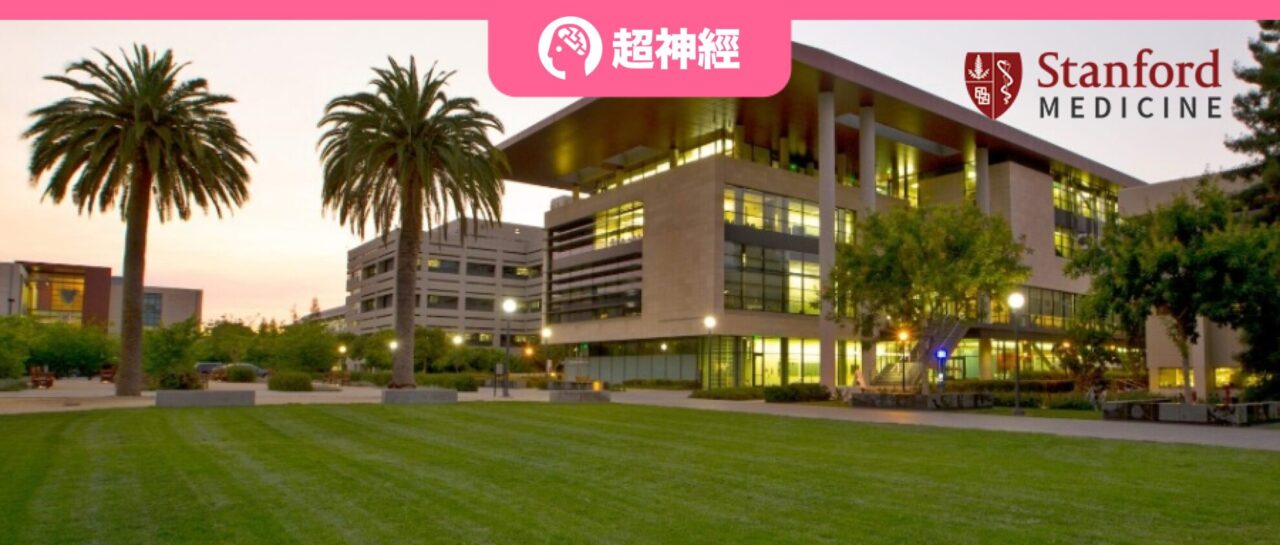
In early March 2024, the South China Morning Post reported that 95-year-old billionaire Li Ka-shing donated HK$120 million (about US$15.38 million) to Stanford University in the United States. Part of the donation will be injected into Stanford University's "Society for Entrepreneurial Revitalization and Well-being Initiative" (SIER) project.The remaining portion will fund two renowned scholars’ research on “hereditary neurology and immune-related diseases.”
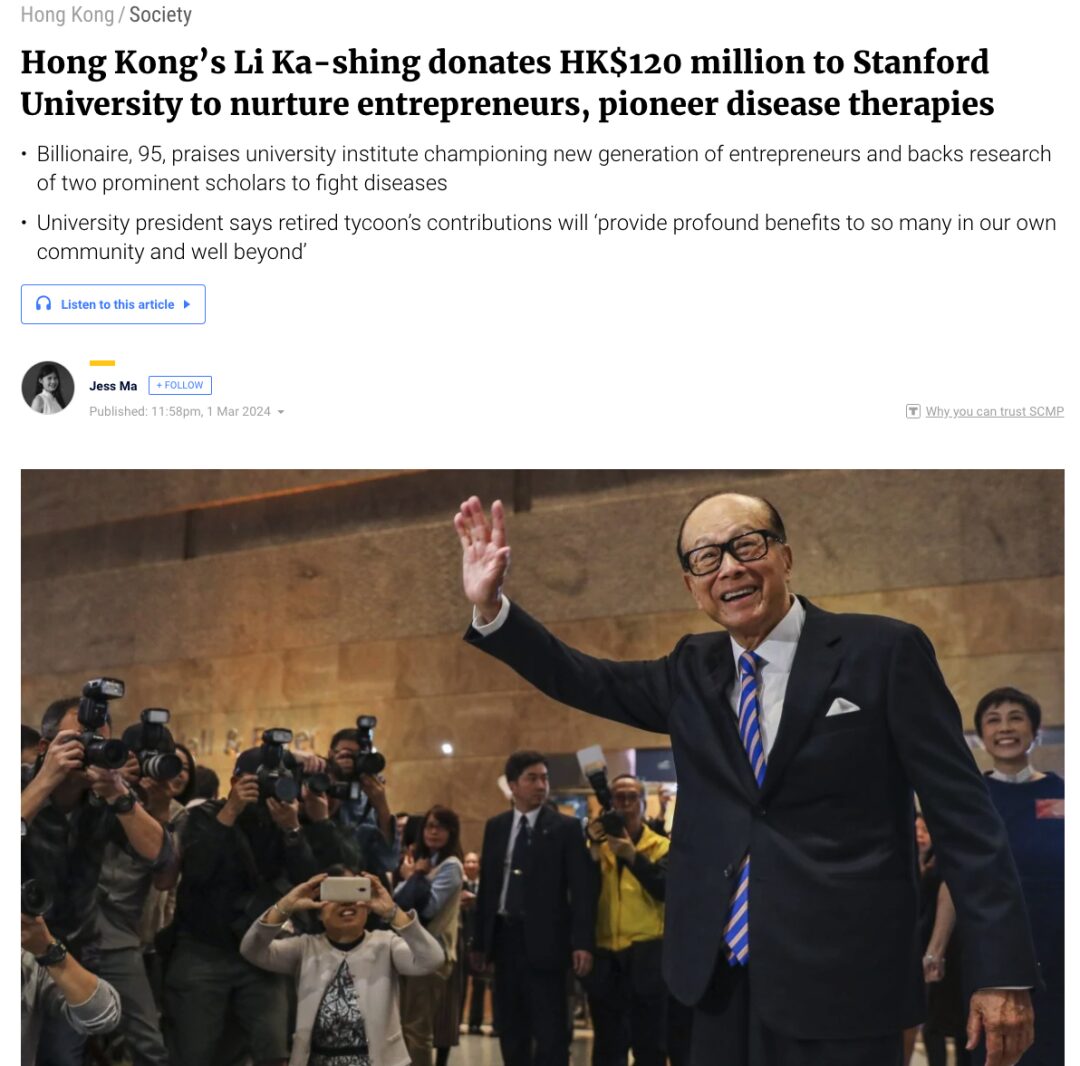
In fact, over the past 30 years, Li Ka-shing and the Li Ka-shing Foundation have made donations to support Stanford University School of Medicine:
* In 1998, Hutchison Whampoa Group, led by Li Ka-shing, announced a donation of US$4 million to establish a hepatitis research program at Stanford University Medical Center;
* In 2008, on the occasion of the 100th anniversary of the founding of Stanford University School of Medicine, the foundation stone of the US$90 million Li Ka Shing Knowledge Research Center was laid;
* In September 2010, the Stanford University School of Medicine officially opened the "Li Ka Shing Knowledge Research Center", equipped with advanced medical training facilities;
* In January 2014, the Li Ka Shing Foundation donated US$3 million to Stanford University School of Medicine to study how to use the huge biomedical database to improve human health and reduce medical costs. This move also further strengthened the cooperation between Stanford University and Oxford University.
As we all know, Li Ka-shing has been keen on philanthropy since he built his fortune, and has been generous in education, medical care and other fields. Media reports have said that Li Ka-shing's relationship with Stanford University can be traced back to when he visited this century-old institution to send his son to school, and both of his sons have a Stanford education background.
But the million-dollar donations were obviously not motivated by sentiment. The main reason was that Stanford University School of Medicine was strong in the biomedical field that he was concerned about. At the same time, when the AI wave swept across the country, the school still stood out.Li Ka-shing once publicly stated that it is indispensable to promote the effective application of AI in medical research, courses, etc.This is enough to show that he is paying close attention to the development of AI.
A century of accumulation, shining stars
In 1855, Elias Samuel Cooper followed the "Gold Rush" to San Francisco, and in 1858, he cooperated with the University of the Pacific to establish the "University of the Pacific Medical Department" on Missionary Street near Third Street in San Francisco. This first medical school on the West Coast was the predecessor of Stanford University School of Medicine. Unfortunately, Cooper passed away in 1862, and without his leadership, the newly established medical school quickly declined.
It was not until 1870 that Cooper's nephew Levi Cooper Lane rebuilt the University of the Pacific's medical department and donated a new building in 1882. Since then, the medical department has become independent and officially renamed the Cooper Medical College. In 1908, the Cooper family officially donated the school to Stanford University.It was originally the Department of Medicine at Stanford University, but was later moved back to the main campus and changed to the School of Medicine.At this point, Stanford University School of Medicine officially began its century-long quest in the field of medicine.
Stanford University School of Medicine has long been known for its innovative research in the biomedical field, such as completing the first adult heart transplant in the United States in 1968; developing a technology in 1994 that allows scientists to switch genes in experimental animal models; and in 2010, using for the first time the complete genome sequence of a healthy person to predict their risk of dozens of diseases.
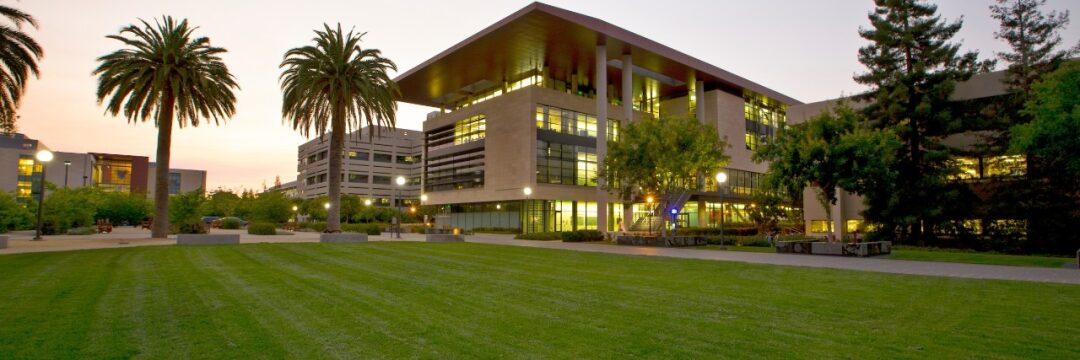
After entering the new era of AI, this college with a rich history has continued to hold high the banner of innovation and has achieved many breakthrough innovations based on AI. For example, in 2018, it developed an AI system to improve the prediction accuracy of the patient's death time to 90%; in 2018, it established the Center for Artificial Intelligence in Medicine and Imaging to promote innovation in the field of medical imaging and has achieved many results; in 2024, it jointly developed the AI model SyntheMol with McMaster and designed molecules that can inhibit the growth of super bacteria Acinetobacter baumannii (A. baumannii), etc.
also,The School of Medicine also launched the Stanford Medical Research Database STARR.It includes electronic health record data, adult and pediatric radiology DICOM, LPCH clinical monitoring data, etc., and was migrated to the cloud in 2021.
Database access link:https://starr.stanford.edu/
Each milestone breakthrough demonstrates the strength and talent of researchers at Stanford University School of Medicine. It is also the accumulation of the school over the years and the high-quality scientific research environment that can attract more top talents.Many Nobel Prize winners have emerged among the college's faculty and students.For example, Dr. Arthur Kornberg, who isolated the first DNA polymerase, won the Nobel Prize in Physiology or Medicine in 1959; Dr. Paul Berg won the Nobel Prize in Chemistry in 1980 for his discovery of recombinant DNA; and in 2013, Dr. Thomas Südhof won the Nobel Prize in Physiology or Medicine for his discovery of the intracellular vesicle transport mechanism.
Lloyd Minor: Promoting "precision health" and leading AI innovation
In addition to the star-studded faculty team, the Dean of Stanford University School of Medicine has gathered many industry giants, leading the medical school to always be in the forefront through more than a hundred years of turbulence.With the exception of John Maxson Stillman, who served briefly as acting dean in 1910-1911, the medical school has had 15 deans.
Each generation has its own mission. Faced with different scientific research environments and technological trends, leaders need to quickly and accurately plan academic research directions to ensure that the college remains innovative in cutting-edge technology. When the wheel of history entered the AI era, the baton of dean was passed to Lloyd Minor.

Before taking over as dean of the Stanford University School of Medicine in 2012, Lloyd Minor had already held a prestigious position at Johns Hopkins University, serving as the school's provost and senior vice president for academic affairs, and was also the Andelot Professor of Otolaryngology-Head and Neck Surgery at the school's medical school and an attending physician in the Department of Otolaryngology at the Johns Hopkins Hospital.
With the dual support of administrative experience and business capabilities,After entering Stanford University School of Medicine, Lloyd Minor also led a series of important projects, the two main themes of which were precision health and AI.
As the name suggests,Precision health means providing patients with accurate medical treatment at the right time.This concept was not first coined by Lloyd Minor, and has long been a hot topic in the medical field. However, due to the limitations of medical equipment and technology, "precision" has always been difficult to achieve. In his book "Discovering Precision Health", Lloyd Minor discussed how advances in biomedicine and AI can help achieve more accurate and effective medical care. He advocated a shift from passive health management to active health management.
In 2018,Dr. Minor led the development of the Integrated Strategic Plan (ISP).He reaffirmed the School of Medicine’s vision for precision health, emphasizing the integration of digital tools for precision medicine and advanced biomedical research. In 2021, he put forward a bold vision to further promote the development of precision health in the coming decades and transform the life sciences at Stanford University.
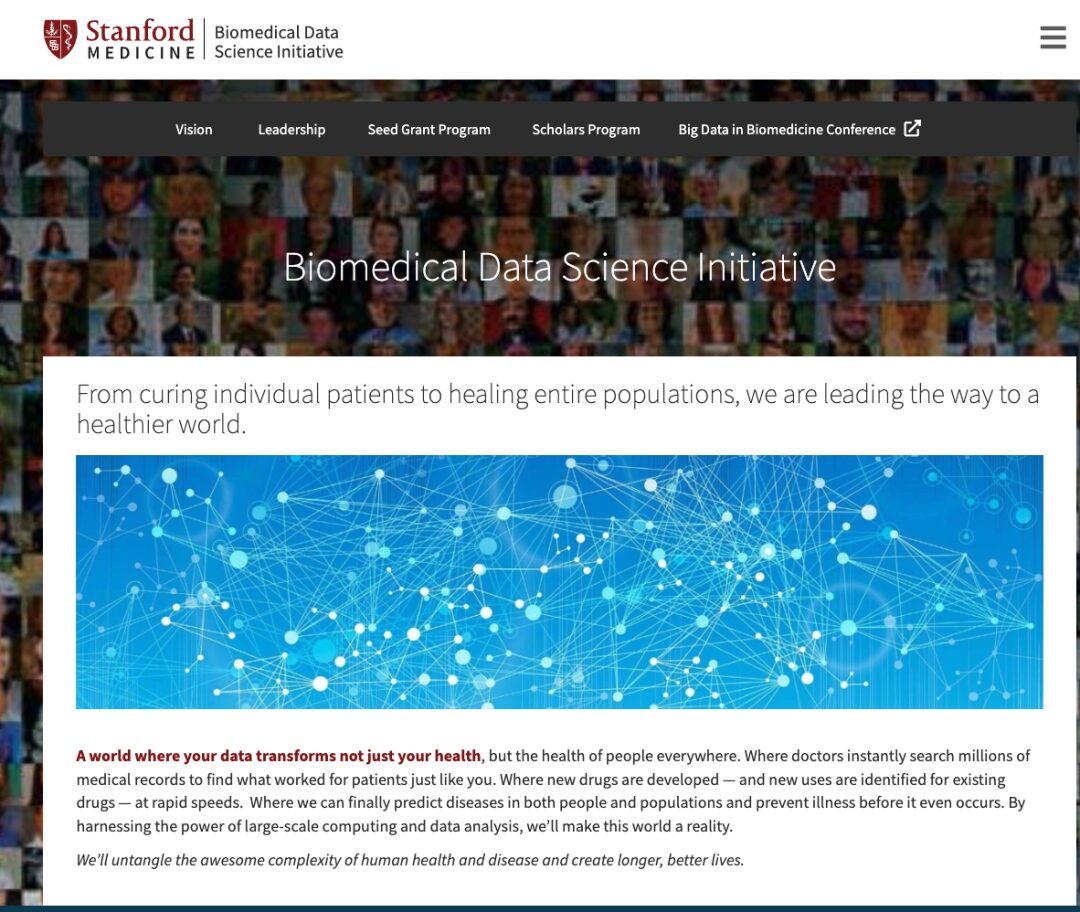
In 2023,The School of Medicine and Stanford Human-Center Artificial Intelligence (HAI) Research Center jointly launched the RAISE-Health project (Responsible AI for Safe and Equitable Health).The goal is to establish a responsible AI+ medical platform, determine a structured ethical standard and guarantee framework, and regularly convene experts and scholars to discuss this topic. In addition, Dr. Minor also led a Biomedical Data Science Initiative to create a learning healthcare system based on biomedical data.
In addition to initiating many cutting-edge projects in AI+medical innovation, Dr. Minor's many statements in front of the media also revealed his and Stanford University School of Medicine's "ambitions" in the AI era.
In an interview with the Wall Street Journal in October 2023, when asked about what role AI should play in the medical field, he said that in terms of medical services, generative AI should help break down barriers to accessing medical services and significantly improve service quality, consistency and efficiency; in the biomedical field, generative AI will help researchers obtain the same high-quality data as clinical trials, assisting people in introducing new therapies into clinical practice more safely.
In addition, at the recently concluded Google I/O conference, Dr. Minor attended a talk titled “AI powered solutions: Reimagining health and science for society” and introduced the concept of ambient AI.
He said that an important application of ambient AI is to automatically generate records of interactions between doctors and patients, thereby reducing the clerical work of doctors entering electronic medical record systems. However, current ambient AI research is still focused on language. He proposed thatIn the future, environmental AI may have multimodal capabilities and be able to integrate with images, laboratory results, sensor data, etc. in real time to provide real-time services to doctors and patients.
Medical schools and technology giants join forces to explore life sciences
Google was originally a project of Larry Page and Sergey Brin when they were studying for graduate school at Stanford University, and it was later developed through financing. Perhaps for this reason, Stanford University and Google have a very close cooperation, and the same is true in the medical school.
In 2016, Stanford University applied to Google Genomics for biological data service support for data storage and analysis of its upcoming clinical genomics service. Dr. Minor said the collaboration with Google will help Stanford researchers alleviate the enormous challenges posed by integrating large amounts of real-time data and interpreting them clinically.
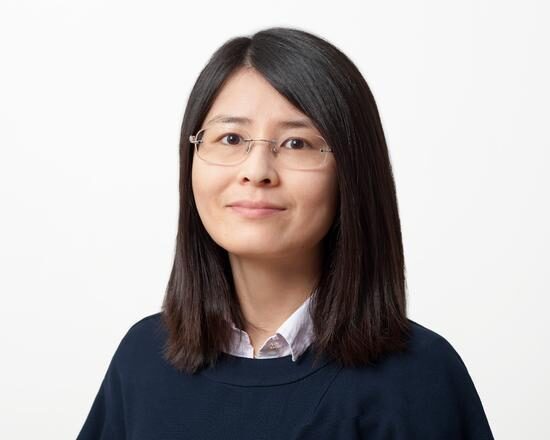
At the end of 2018, Li Jia, then head of Google Cloud AI R&D and president of Google AI China Center, announced his resignation and returned to Stanford Medical School to participate in the smart hospital project full-time.Dr. Li Jia said that she will invest in AI and medical projects in the future, hoping to do something that will have a real positive impact on the world. Li Jia studied under Fei-Fei Li (Fei-Fei Li left Google in September 2018 and returned to Stanford University to teach). During her master's degree, she participated in medical work related to MRI image segmentation methods, and this research deeply attracted her. While studying for a doctorate at Stanford University, Li Jia focused on large-scale visual recognition-related issues, which are also closely related to AI medical imaging.
Almost at the same time, Google announced the establishment of Google Health and incorporated DeepMind's health business into it. Subsequently, medical schools also started more cooperation with Google Health.
For example,The two sides conducted an in-depth study of primary care physicians (PCPs)’ experiences with electronic health records (EHRs) at Stanford (50 PCPs) and nationwide (204 PCPs).Understanding PCPs’ perspectives on AI-assisted documentation can help clinicians, technology developers, and others optimize AI tools.
also,Google Health also collaborated with the Medical School to open source a real dermatology image dataset, Skin Condition Image Network (SCIN).The images reflected skin of different skin tones, ages, and conditions, and dermatologists and the research team helped determine the diagnosis on each image and labeled it according to two skin tone scales.
With the accelerated development of AI and big models, Stanford University School of Medicine has also launched innovative research in the biomedical vertical field based on AI and in collaboration with more universities. In the process, the medical school has also reached cooperation with more technology giants.For example, in 2022, the Guinness World Record for DNA sequencing technology was refreshed.Using high-throughput nanopore sequencing technology on Oxford Nanopore Technologies’ PromethION Flow Cells, more than 100 billion bases of data can be generated per hour, and NVIDIA GPUs are used on Google Cloud to accelerate base calls and variant identification.
also,The School of Medicine is also participating in the Apple Heart Study.It is reported that this is the largest virtual study in history, attracting more than 400,000 participants across the United States within 8 months, of which 0.5%, or about 2,000 people, received notifications of irregular pulse. In addition, one-third of those who received irregular pulse notifications and used ECG patches for subsequent testing were confirmed to have atrial fibrillation (AFib).
Final Thoughts
For a long time in the past, academic research and industry were relatively separated, and many excellent achievements were shelved, and even did not go beyond the "walls" of the campus, and few people knew about them. Today, the development of AI for Science has, to a certain extent, broken down the barriers between scientific research teams and technology companies, allowing companies to participate in scientific research. For Stanford University School of Medicine, this kind of cooperation with technology companies is not uncommon, especially among major giant companies, there are many "alumni" of the school.
As a medical school with over a century of history, it has unique advantages in talent pool, knowledge accumulation, research facilities and research direction. In addition, Stanford University itself is also among the best in the field of AI, which can inject fresh blood into the AI exploration of the medical school. In the future, we expect that the Stanford University School of Medicine led by Lloyd Minor will create more revolutionary breakthroughs in the AI era and provide guidance for the global life sciences.
References:
1.https://www.360zhyx.com/home-research-index-rid-65566.shtml
2.https://m.huanqiu.com/article/9CaKrnKeTV9
3.https://www.mittrchina.com/news/detail/3251
Finally, I recommend a "Creator Incentive Program". Interested friends can scan the QR code to participate!

